Interview: Ann Marie Gardner of Modern Farmer
Global agricultural issues, modern farm design, baby animals and more in a new publication

Pointing to the movement in recent years to connect with our food sources as we become increasingly aware of our impact on the planet, Modern Farmer—a daily website, print quarterly, event series and online store launched today, 4 April—goes wide in their reach, catering to “window-herb growers, career farmers, people who have chickens, people who want to have chickens and anyone who wants to know more about how food reaches their plate.”
From addressing the subtle shift in perception and practice when it comes to growing one’s own food, to the increasingly urgent agricultural issues facing the entire planet, the new media outlet’s coverage comes from a team of journalists interested in capturing the importance of the moment while celebrating it as a way of life, right down to the occasional adorable baby farm animal. Ann Marie Gardner, former editor at T: Travel The New York Times Magazine and founding editor at Monocle, leads the team from the Hudson Valley. We caught up with Gardner to see the first issue and learn more about the genesis of Modern Farmer.
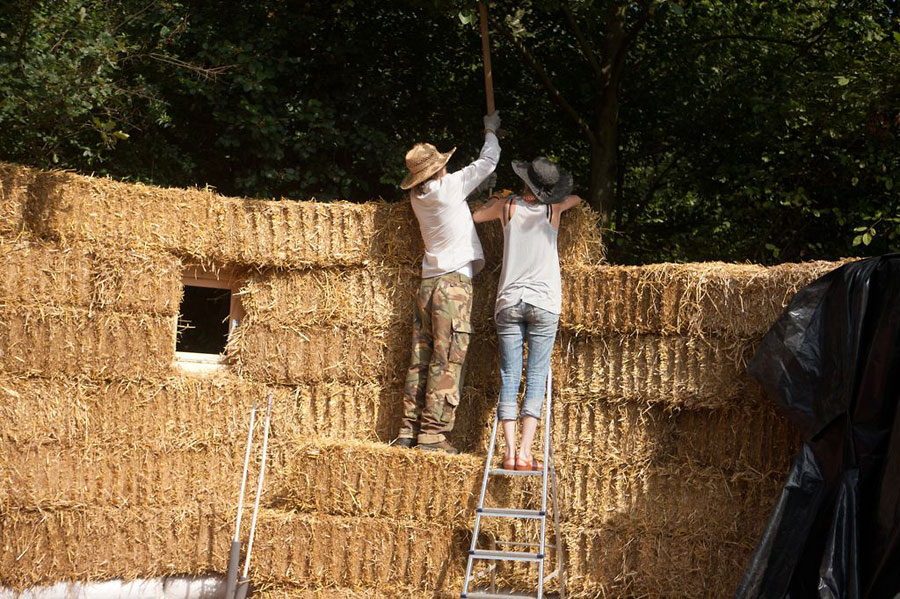
Why is this the right time for this kind of magazine?
In the beginning I had several journalists and photographers saying that they had been wanting to write these things and there was never an outlet for it. The New York Times seems to cover them every now and then. The Financial Times tends to cover it a little bit more. I’ve been clocking it. The world of interiors has been covering fantastic chicken coops and that kind of thing, but it’s been piecemeal. Nobody has covered it in one big hunk. So I think it is the perfect moment.
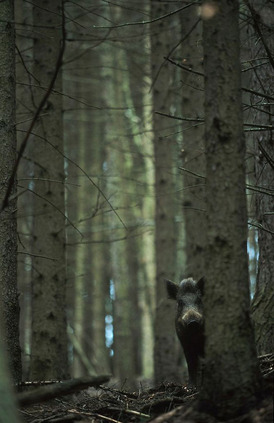
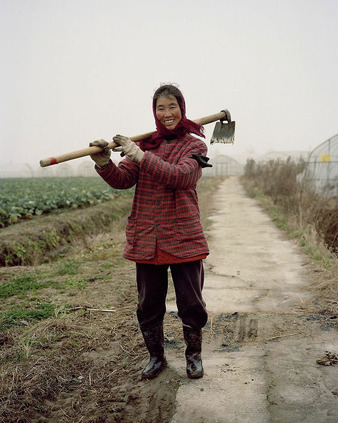
With your work as a journalist how did farming become the topic you wanted to create a magazine about?
I was the American bureau chief when Tyler Brûlé started Monocle. I would go to Brazil and see their flower markets. They have a four-season harvest and can grow all year-round for wine. I was starting to look at stories economically and how global warming was creating these interesting opportunities. When I went to Newfoundland this guy was making a fortune making nets because there were so many icebergs floating into things he figured out how to tow them away from the oil rigs.
People want to grow food in the city. It’s very trendy, but I think in three to five years this is going to be a need to know.
In my travels I was seeing it on a macro level, this interest in land grabs and agricultural land. China did not have enough food. They were buying up dairy farms. I could see from traveling that a lot the changes that were happening to me, being able to get where I needed to go because of all of the thunder storms, you could not fly. Then I was caught in the cloud in Iceland. Then I was caught in that snowstorm in London. I started to see that we are going to have to change the way that we live. We are not going to be able to depend on getting the food. What about all of the power failures that we have been having the last few years? Weather is really affecting how we eat, our power, and right now I think it is a real nice thing to know. People want to grow food in the city. It’s very trendy, but I think in three to five years this is going to be a need to know.
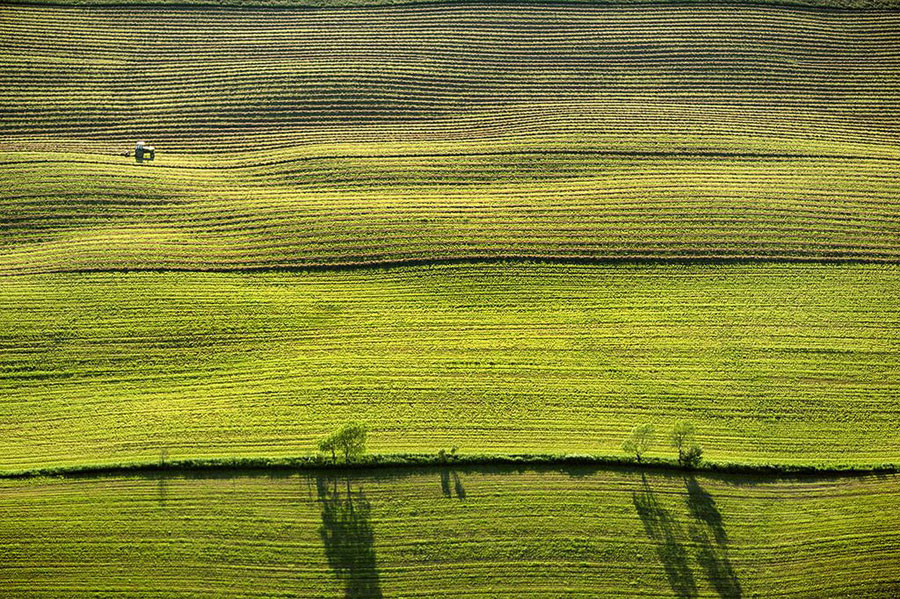
How will you address those need-to-know topics?
Our How To section is going to be the most important section in the magazine, as well as the global look at agronomics. People may not think that agriculture has any relevance to their lives, but we need to be growing food. We need to be really practical, have generators and things like that. It will become the norm. Then you are going to want to know which generator. There are so many factors coming together. It’s like an economic and a cultural conversion at the same time. The way we are offering the information is equally distributed digitally and print, eventually we will do TV and have an e-commerce site for products.
In the meantime you have the website and will publish a quarterly?
We are not experts. We are generalist reporters who are working here. We just want to tell these stories and share this information.
We will have a lot of original reporting on our website. We will have some stories from the magazine and lots of cool photography. We will have an area where people can share their experiences and mistakes, so everybody learns from each other. It is an opportunity for us to start conversations. We are not experts. We are generalist reporters who are working here. We just want to tell these stories and share this information.
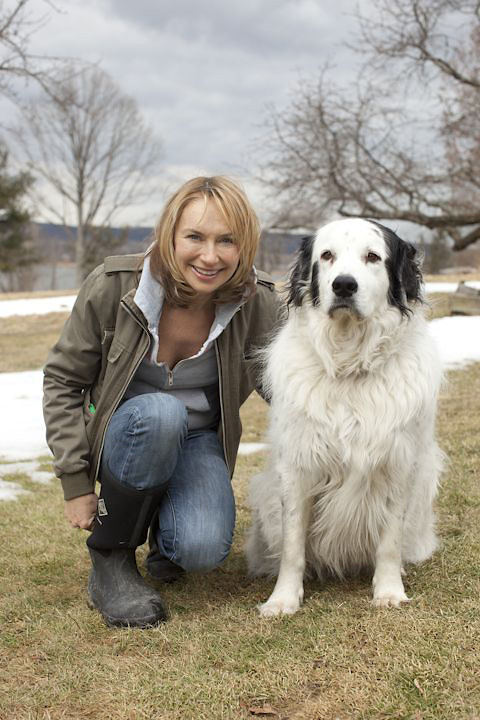
What will your readers find in the first print edition of Modern Farmer?
The magazine is split in thirds. The beginning is the global agronomic section. It’s the big picture, what’s happening around the world that actually affects you. People are saving seeds because they think it will be the new currency. We are writing about the food scares in China. There is a black market for organic food. We did a story on an organic farm in China. We did a story on wild pigs. It’s really a global problem. These wild boars are walking down the street in Berlin and crossing the streets in suburban neighborhoods. They are in a backyard near you. We sent a writer to a wild boar conference in Mississippi. This is such a good story. Maybe you thought you never had to care about pigs before. The point of the conversations we are having is that the beginning of the magazine is learning that where my food comes from does affect me. It is interesting to me the way someone has a compost restaurant in Australia. Why do I need to know about the people in Boston growing food on top of the design center in the 55,000 square foot garden? We cover these important global stories.
The second section the Modern Farmer Handbook is about practical stuff with graphics and drawings. If you are dreaming about having a backyard chicken, what chicken is right for you? Which fence? How to build a straw bale house? It’s a very fun section. It’s the reason a lot of people will not throw this magazine away. There is a lot of reference material in there. The third section is the lifestyle section, the aspirational elements of farming. It is going to be the stuff you want to have. The tractor you want. The power tool you want. Which seeds. I love epic landscapes. I love landscape journalism like Wallace Stegner. I envision this section as the visual representation of that beautiful life in the country. We have these epic landscape photography stories.
Why are photography, illustration and graphics so important to telling these stories about farming and agriculture?
I am a journalist, but I am also very visual. I am the first person to think, we need more pictures. My photo editor loves me. I think it is really important because the lifestyle, the beauty and the landscape need to be conveyed visually. I want you to have a feeling when you read it and when you see the website, like the way you feel when you get off the train in the country or you get off an airplane and you have arrived somewhere for vacation in the country and you breath the air. We have this incredible story with this photographer Daniel Naude from South Africa. He took these pictures of farm animals that had wandered down to the beach. They are gorgeous pictures of a cow on a beach. They make you stop and look. It’s something beautiful.
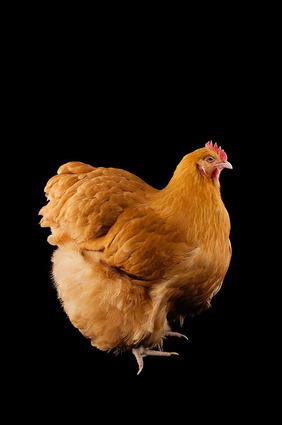
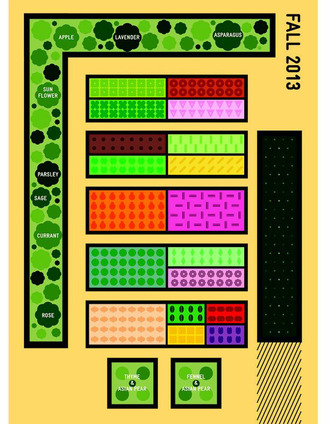
What article did you write for the first issue?
I really love design stories and wanted to create a different aesthetic. Everyone goes to the red barn and mason jars with flowers in it. Everywhere else in the world there is a really modern aesthetic in the country, like in Japan. We found this incredible place in Tazmania by a Melbourne architect John Wardle. He has a sheep farm in Tasmania on the ocean. It is very similar to Nantucket. The sheep shearing quarters burned down, so he built a new one. It’s modern and fantastic. I wrote that story. It’s called Rurbanista. It’s the idea of the urban aesthetic in a rural environment. We will have a Rurbanista story in every issue.
What content will be added to the website?
We are going to have a farm crime blotter. We are obsessed with farm crime in our office. There is a lot of it going on. We love baby farm animals. We will have news stories. We are working on a story about world record book hot chilies. It’s fascinating what is going on in the world of food creation. We love the behind the scenes stuff. We are interested in, how did this get here? What is the story behind it?
So the fun aspects of the magazine will lead people to pay attention to the news stories?
Yeah, exactly. We will be presenting them in equal measure. Until you find that hook, people want to know, why do I need to know about this? We all eat. It’s the human stories that make it understandable.
You can learn more about Modern Farmer by visiting their website and checking out the gallery. Images by Alex MacLean, Florian van Roekel, Amber Isabel, Florian Moellers, Bryan Schutmaat, Zhang Xiao, Richard Bailey, Mark Hartman and Jack Algiere for Modern Farmer.




















